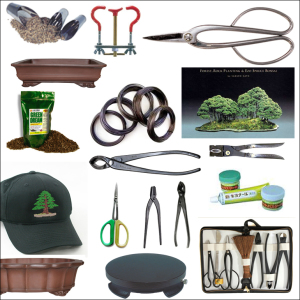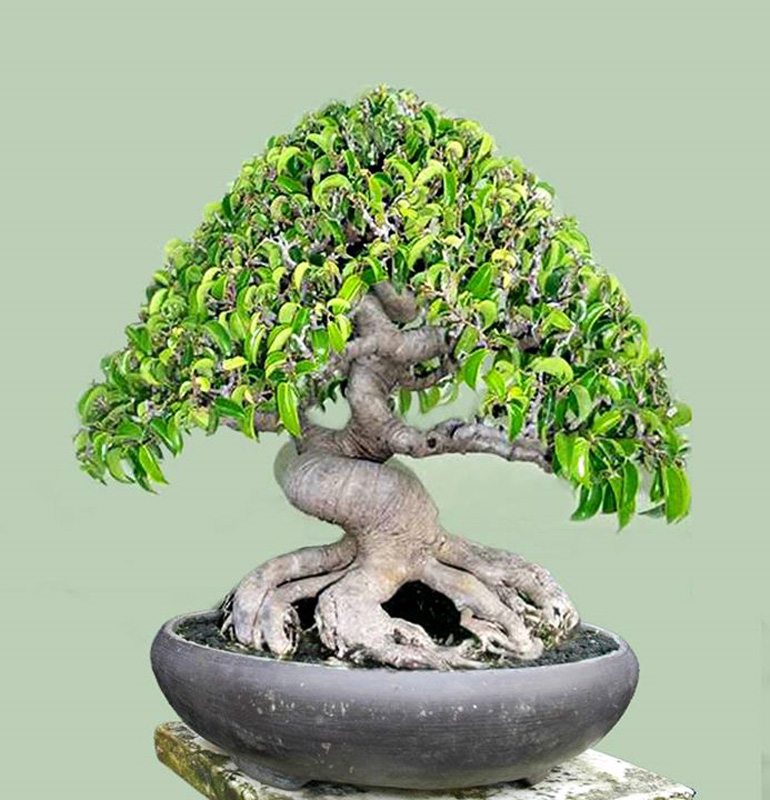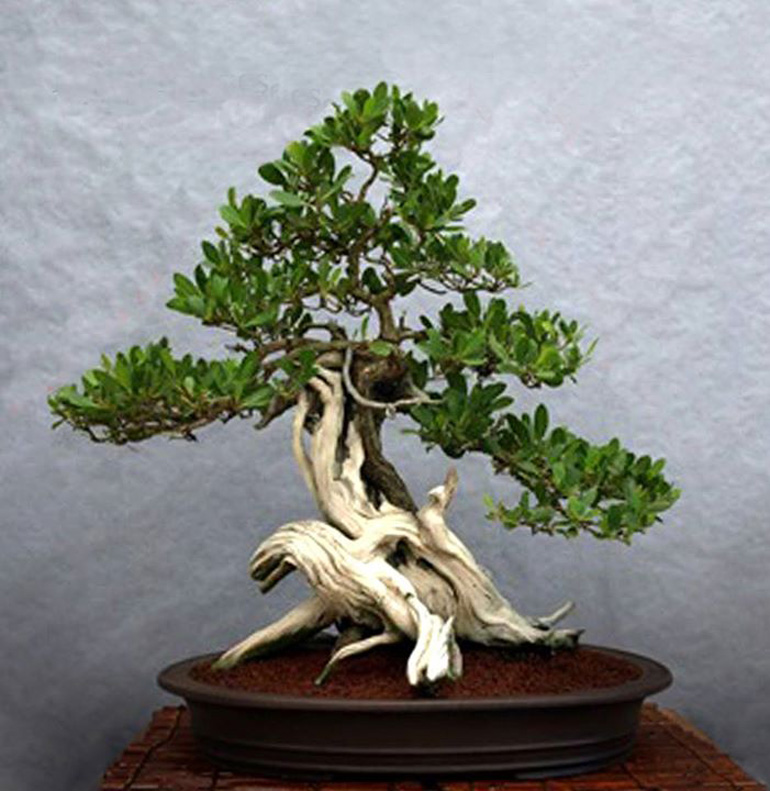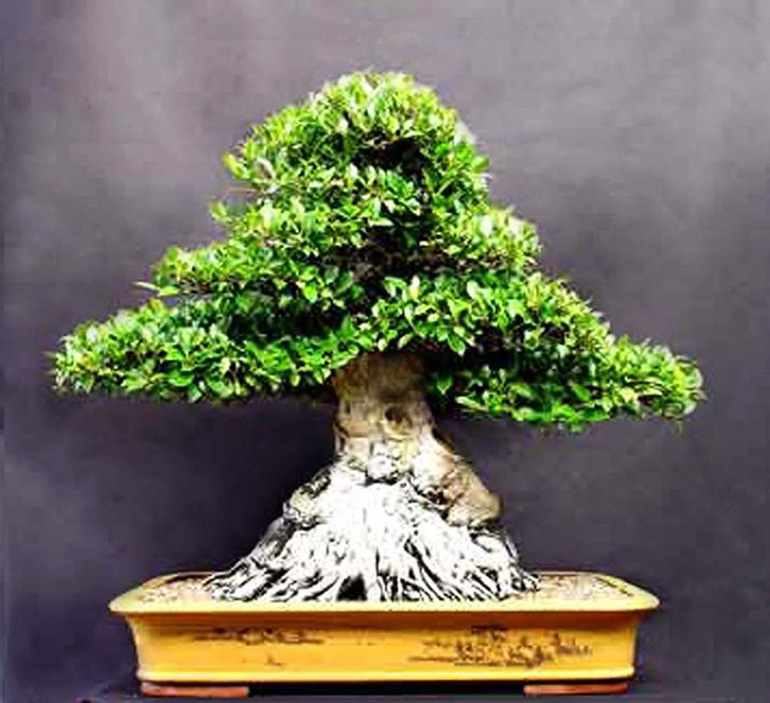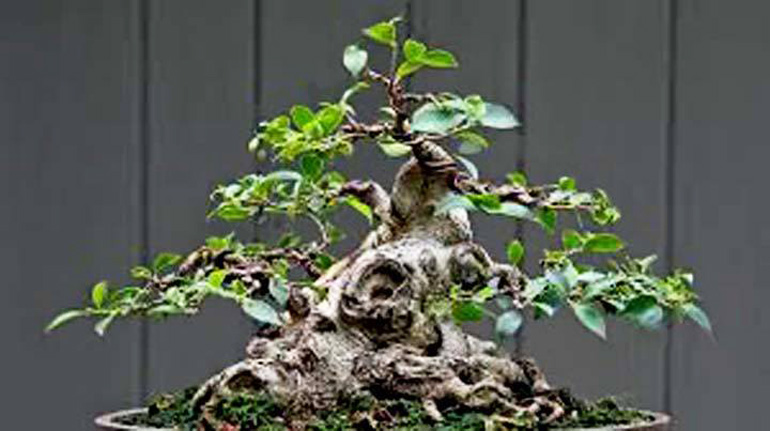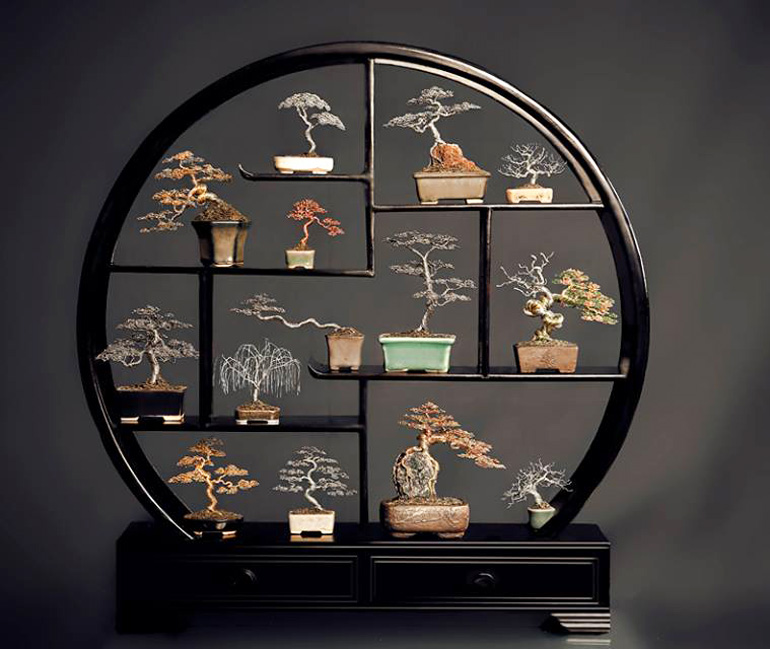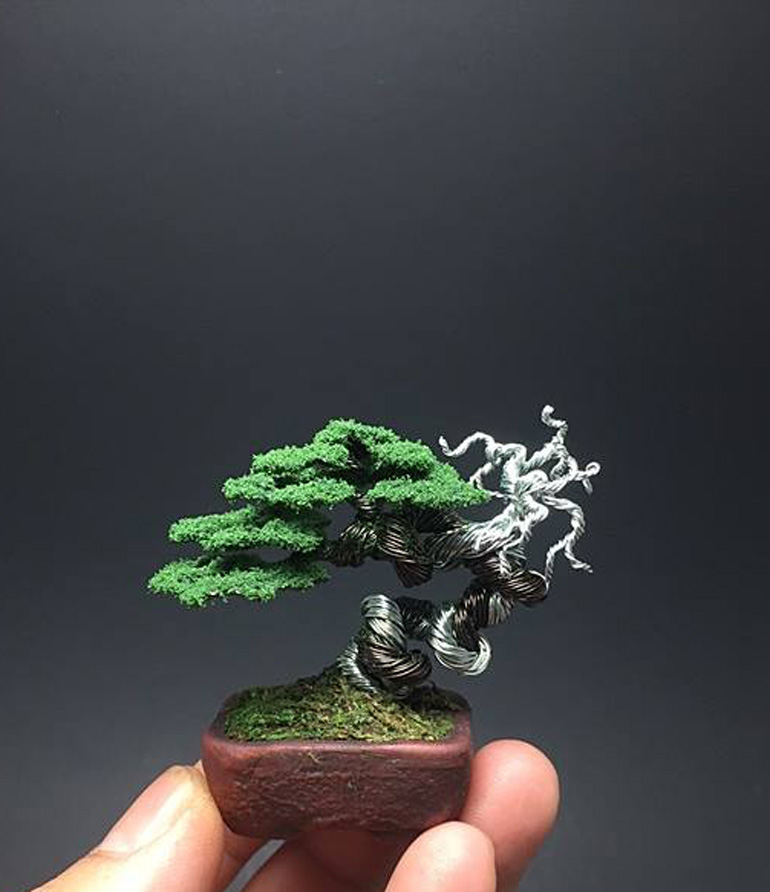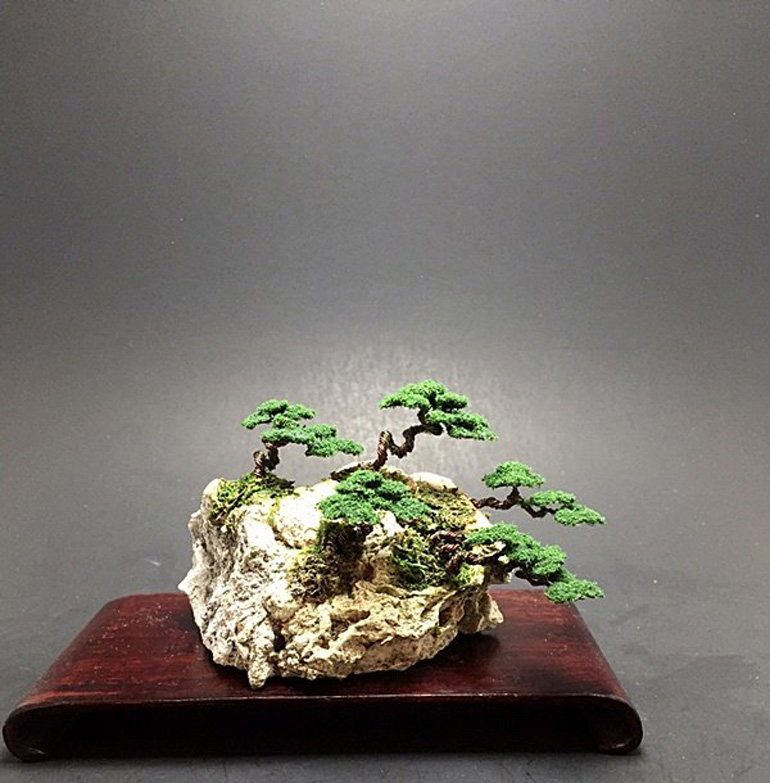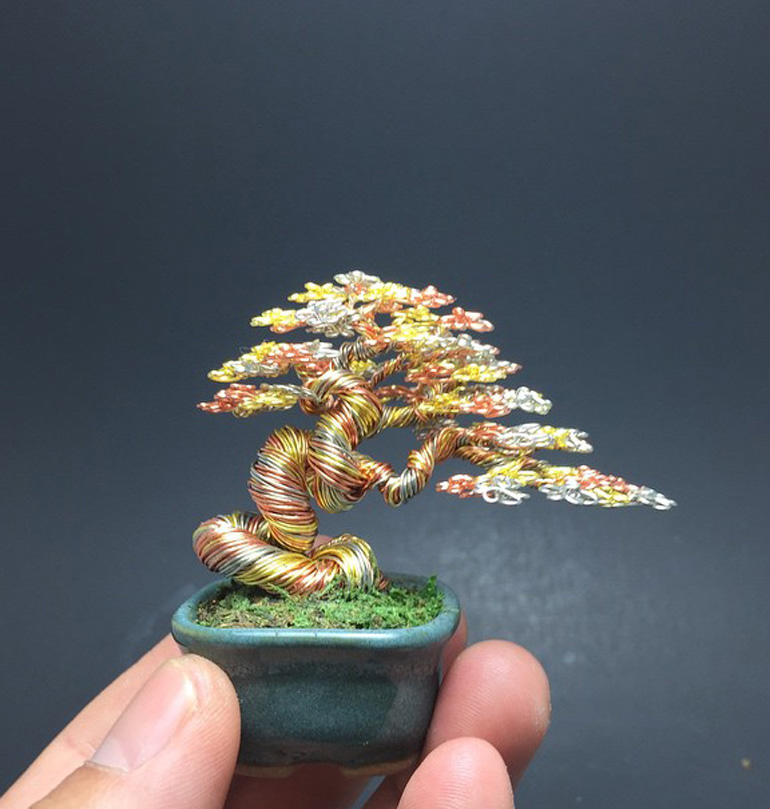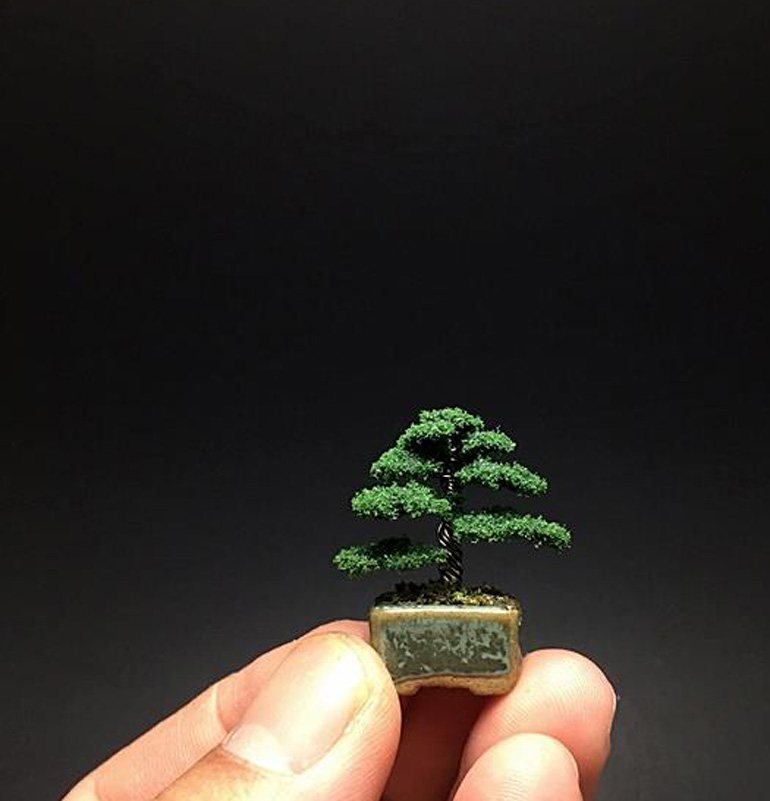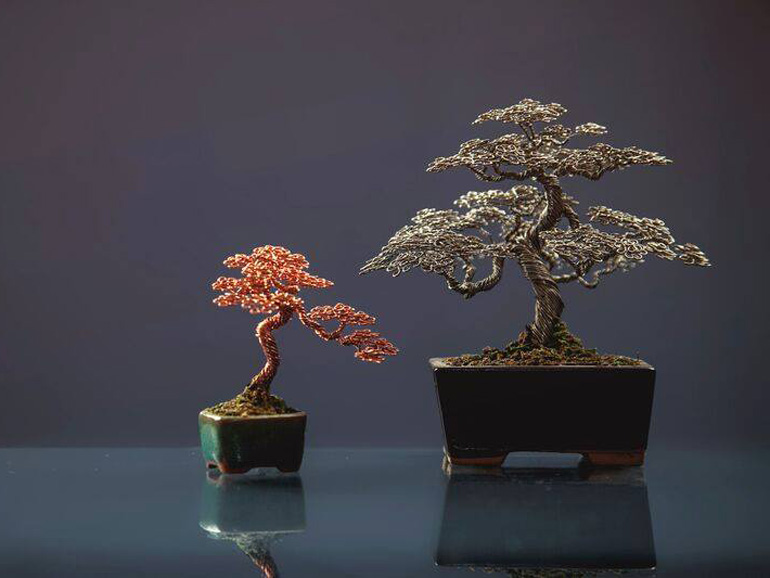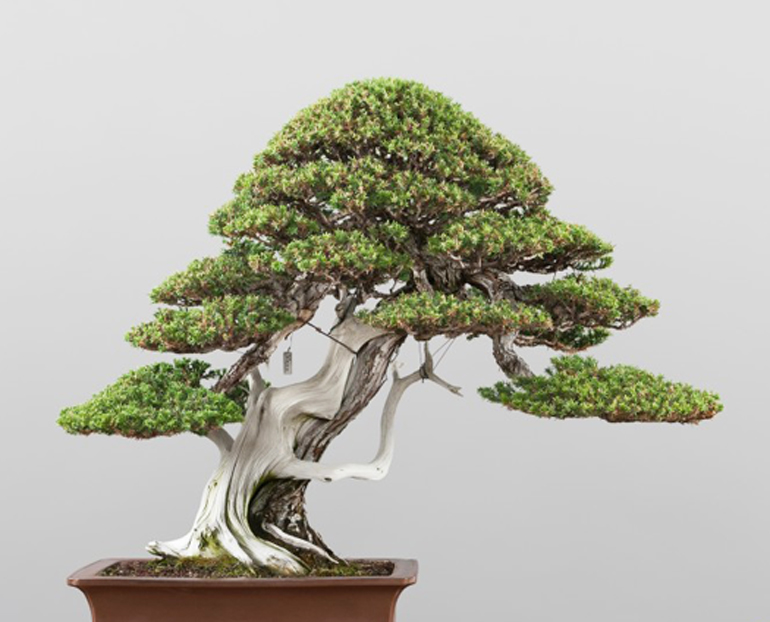
A great tree for a study in deadwood. It's a Juniper procumben from Luis Vallejo's website. I cropped the photo a bit, but you can see the full size original just below.
I just spent the last digital hour or so wandering around Luis Vallejo’s Bonsai Studio (Estudio de Bonsai) and his Bonsai Museum (Museo del Bonsai). Sometimes it’s hard to tell where one ends and the other begins. Without raving too much about what Luis has been up to, we’ll just encourage you to pay him a visit (his website and his fb photos).
Given just how prolific Luis is, we need to narrow our focus for this post. So I’ve decided to feature two Junipers with great deadwood.
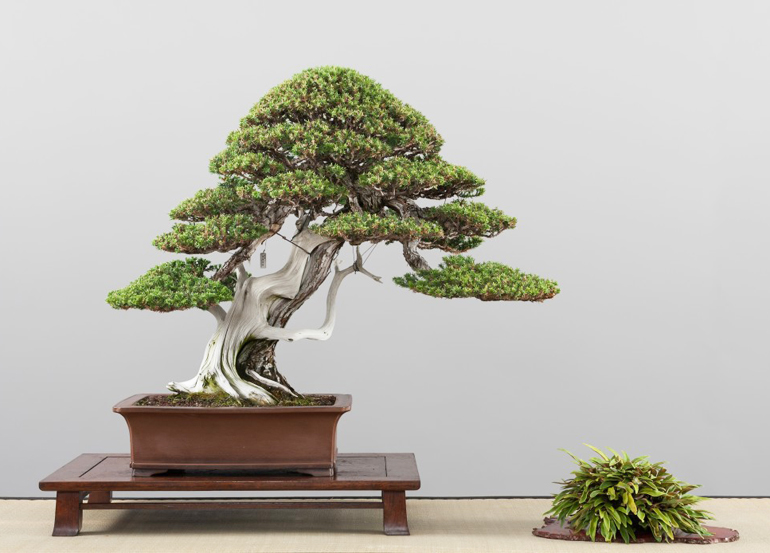
The tree above the way it appears on Luis Vallejo's website. I picked this tree because it's beautiful and because it shows truly remarkable deadwood. Not overstated but strong and in good proportion to the rest of the tree. And white! (blame it on lime sulfur). Sometimes when deadwood is too white it looks unnatural, but it works here. And then there's that snaky dead branch on the right.
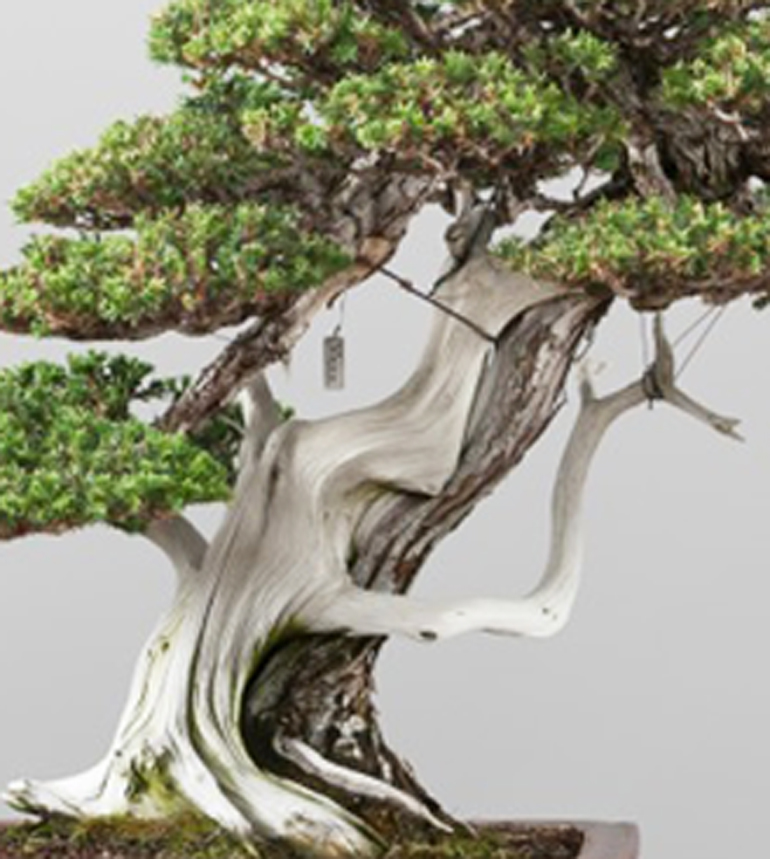
A fuzzy deadwood close-up (mea culpa) with guy wires.
Tanuki? I don’t think the tree above is a tanuki (phoenix graft), but you can’t tell from the photos one way or the other. Many people frown on phoenix grafts, but some people accept them as a legitimate bonsai technique.
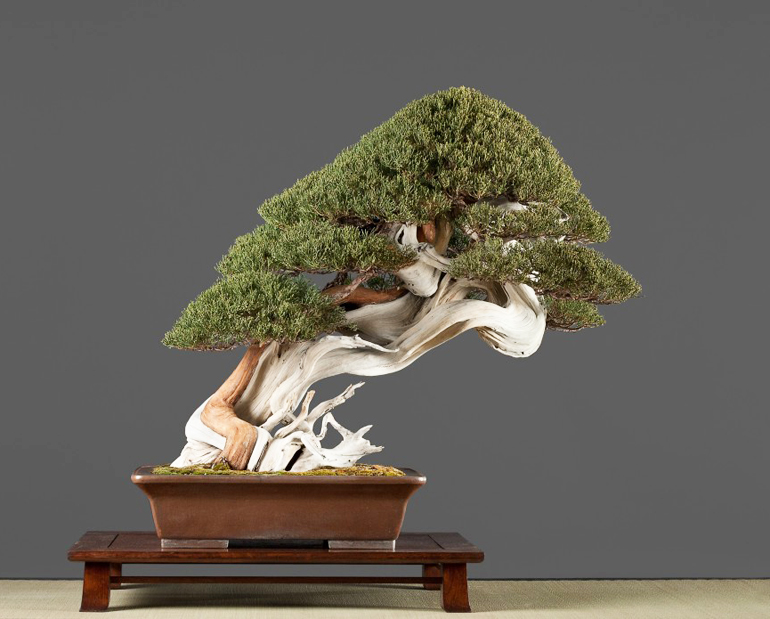
Powerful (to say the least) fluid sculpted deadwood with a strong living vein and some playful action lower right. This one is a Chinese juniper (Juniperus chinensis). Looks like the Shimpaku variety.
This could be the start of something… Stay posted, I think we’ll explore more of Luis Vallejo’s bonsai world over the next few days.
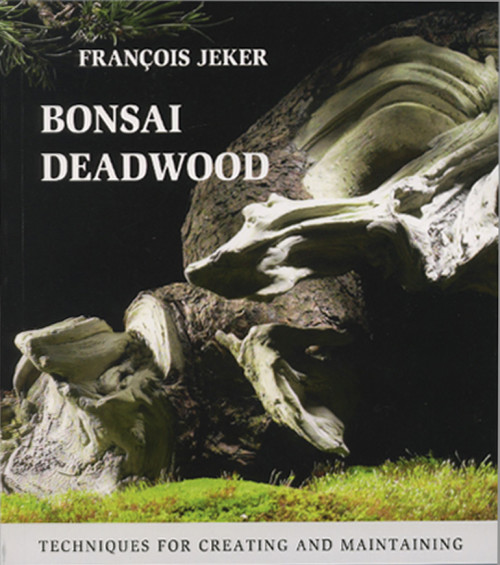
If you're interested in learning about deadwood, this new book by Francois Jeker is the place to go (short of a workshop with Francois, that is).
20% off all Bonsai Wire. While we’re on a commercial break, a large shipment of Bonsai Wire just arrived. We’ve been out of most sizes and know that there’s a bunch of you who have been waiting.

Bonsai Aesthetics Wire is back so what better time to have a Wire Sale. 20% off all our Bonsai Wire! Plus an extra 10% off on all Stone Lantern orders of 100.00 or more.
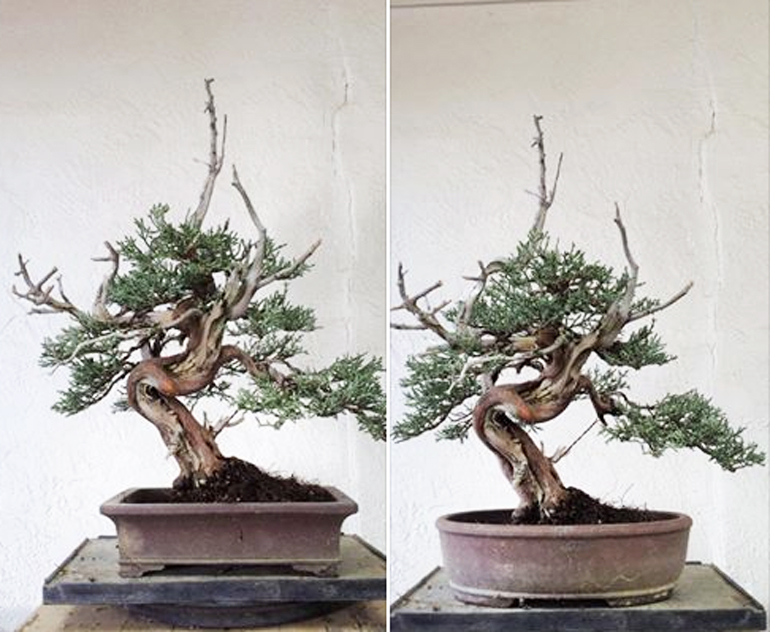
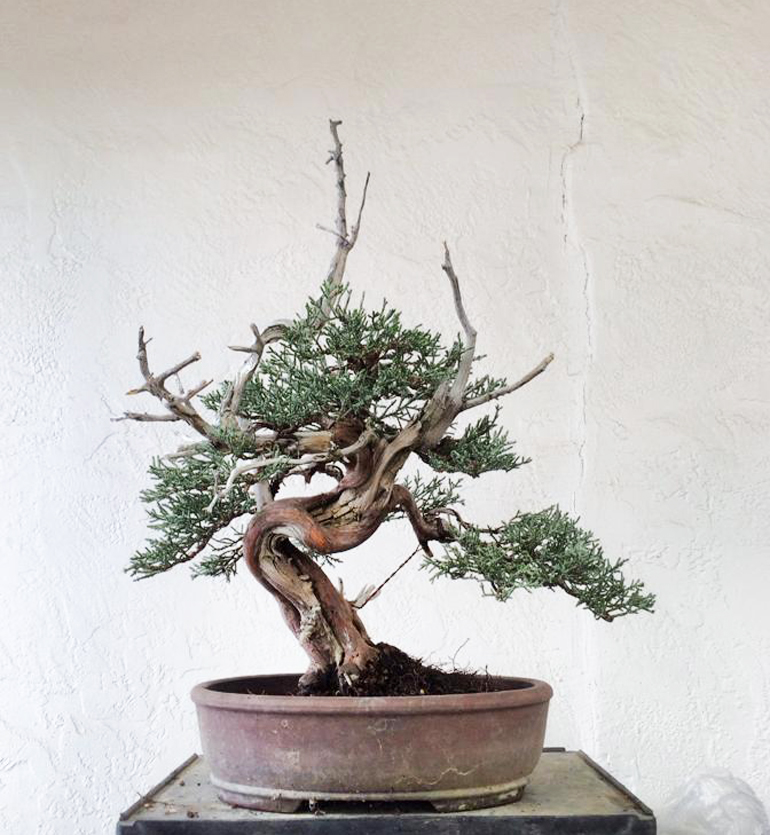

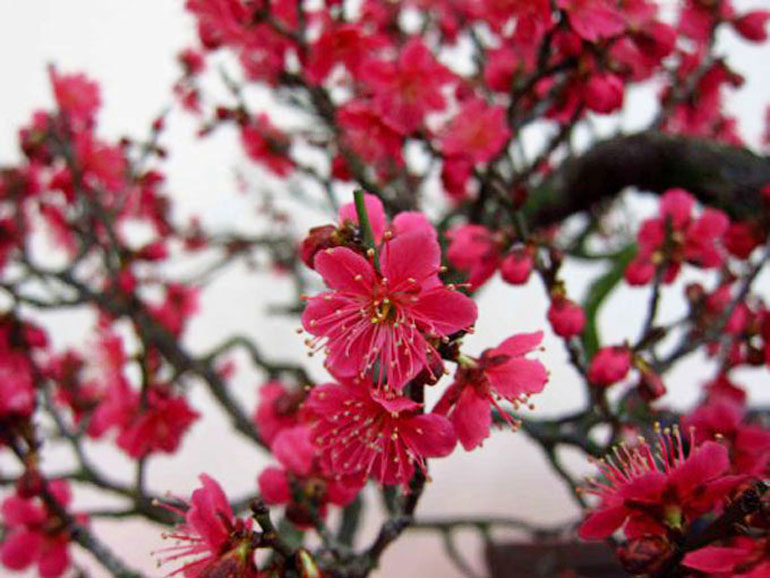
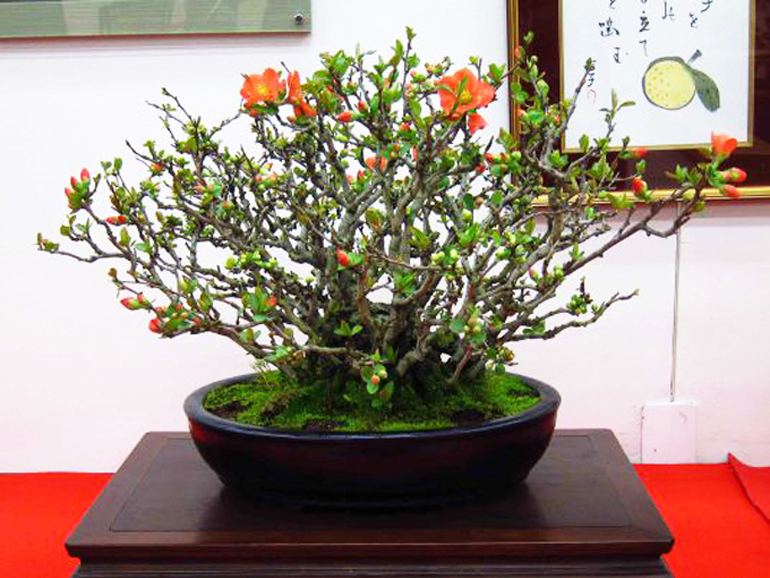
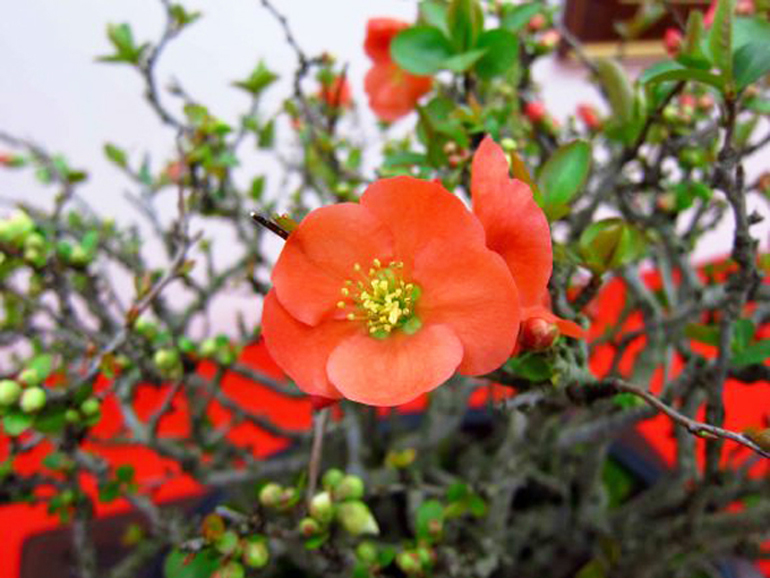
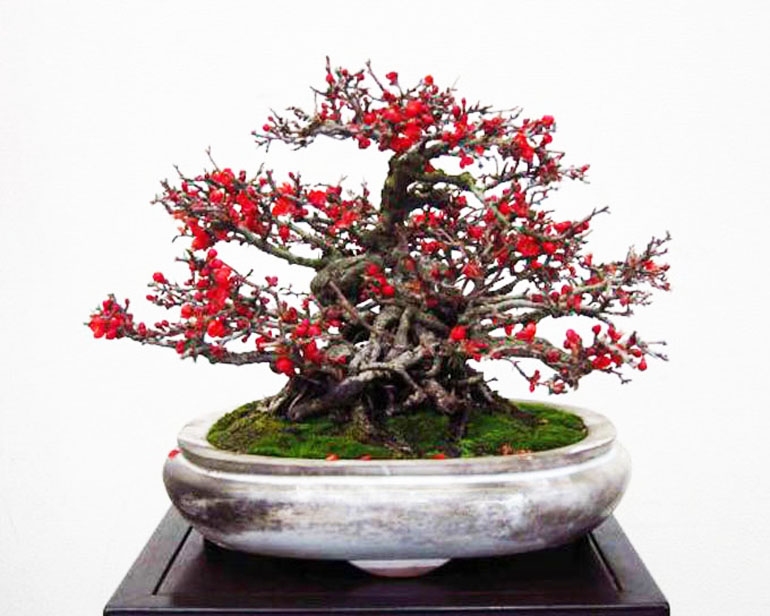
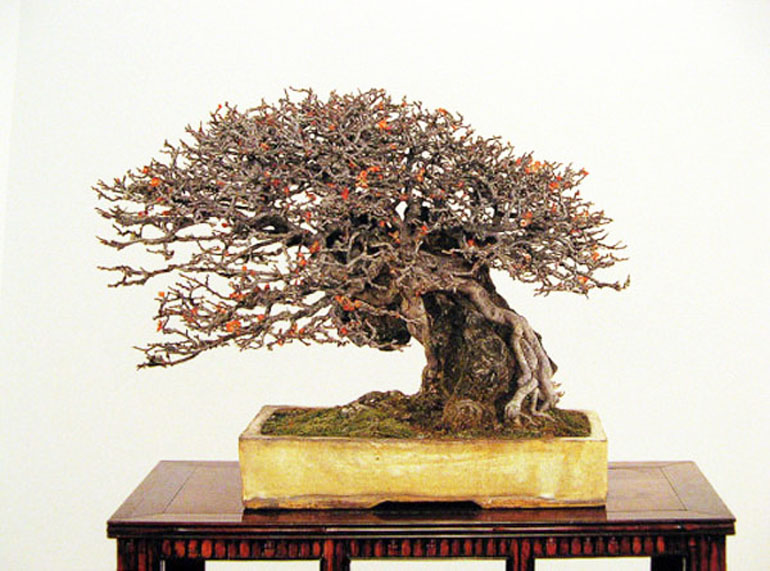
 I'm not so sure about the apex or the way it's so crowded in this photo, but I like the tree anyway. Especially that gnarly old trunk. It's a Chi Chi, a small leaf Ginkgo cultivar. As you can see, it's from
I'm not so sure about the apex or the way it's so crowded in this photo, but I like the tree anyway. Especially that gnarly old trunk. It's a Chi Chi, a small leaf Ginkgo cultivar. As you can see, it's from 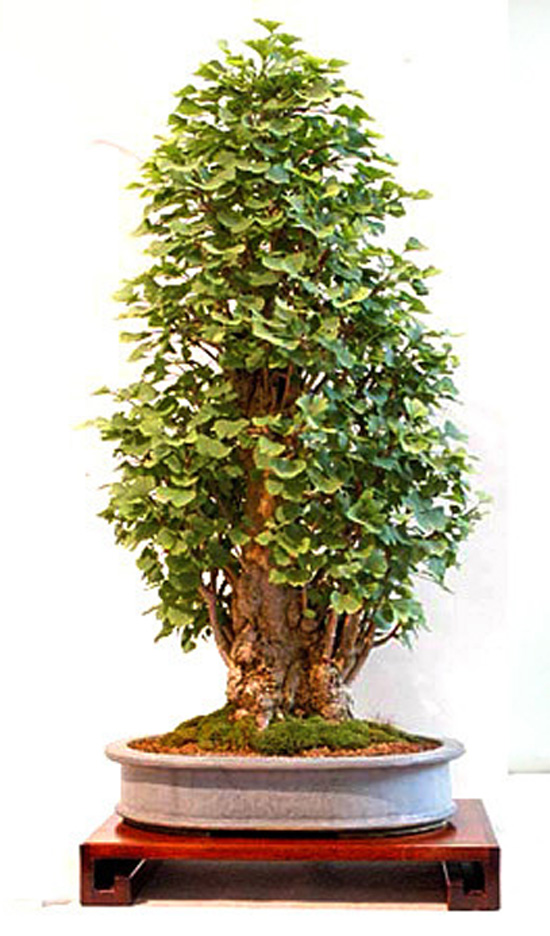
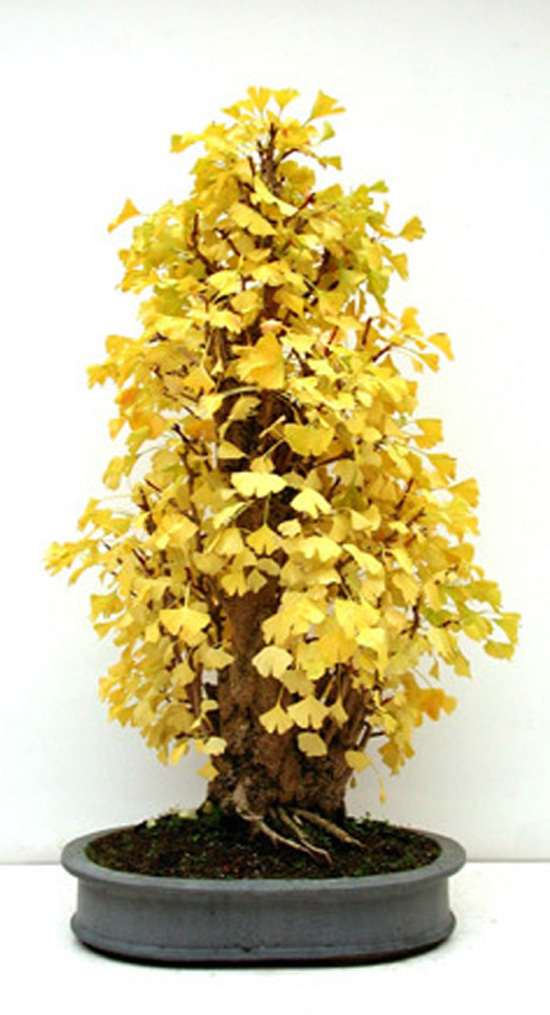
 This eccentric Ginkgo with its rough bark, great taper and impressive hole (sabamiki) was sent to us by Calin from Italy. Would you remove the middle trunk?
This eccentric Ginkgo with its rough bark, great taper and impressive hole (sabamiki) was sent to us by Calin from Italy. Would you remove the middle trunk?
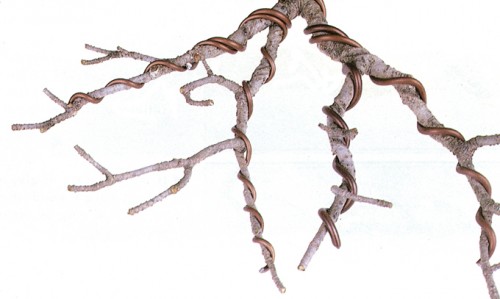 Not a Ginkgo. Just a reminder that we just got a shipment in and
Not a Ginkgo. Just a reminder that we just got a shipment in and 





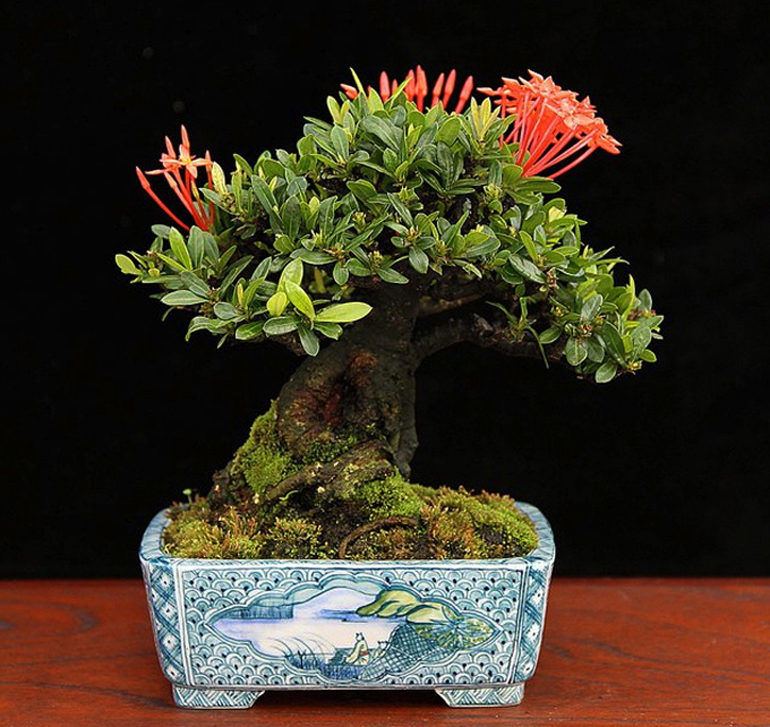
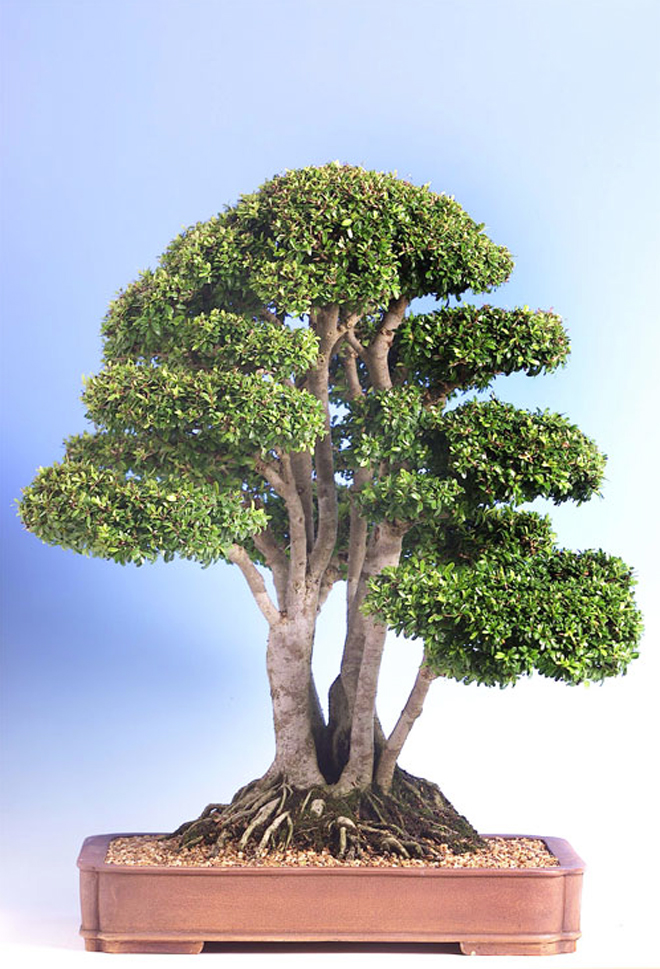
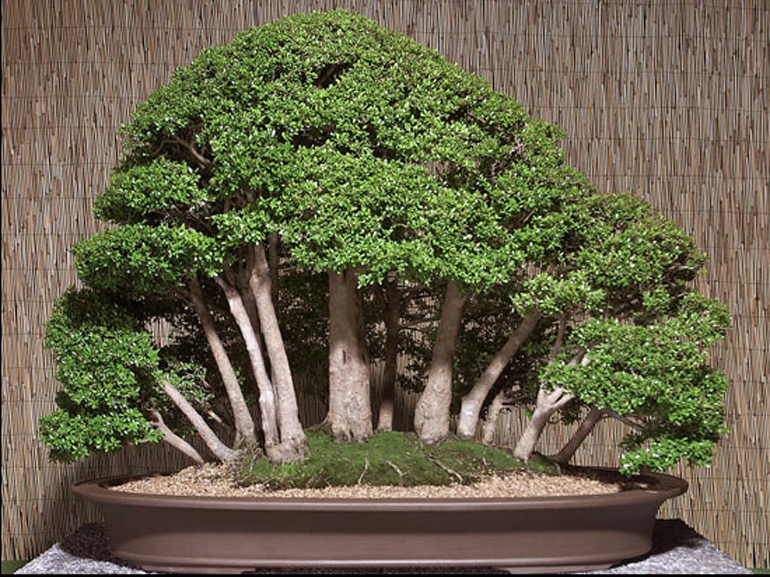 This Nea groove reflects a natural growth pattern, with the oldest tree near the center and the smaller younger trees leaning out for light.
This Nea groove reflects a natural growth pattern, with the oldest tree near the center and the smaller younger trees leaning out for light.
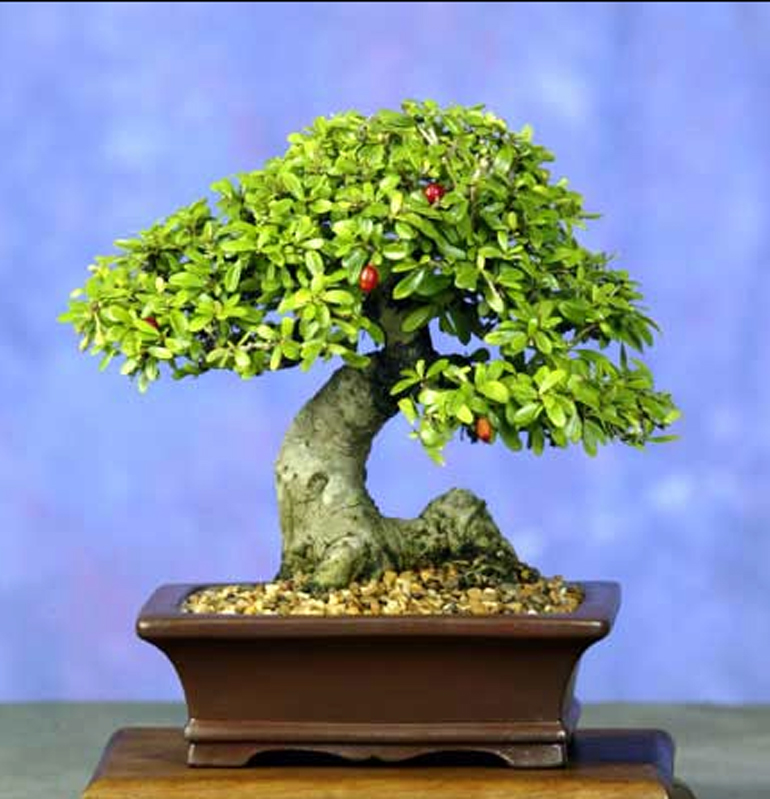
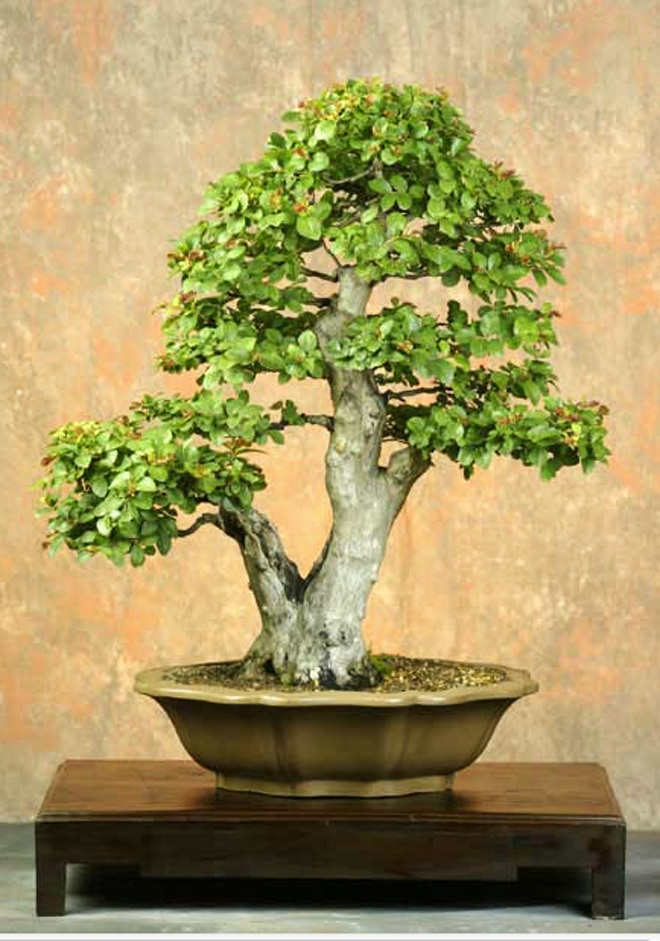
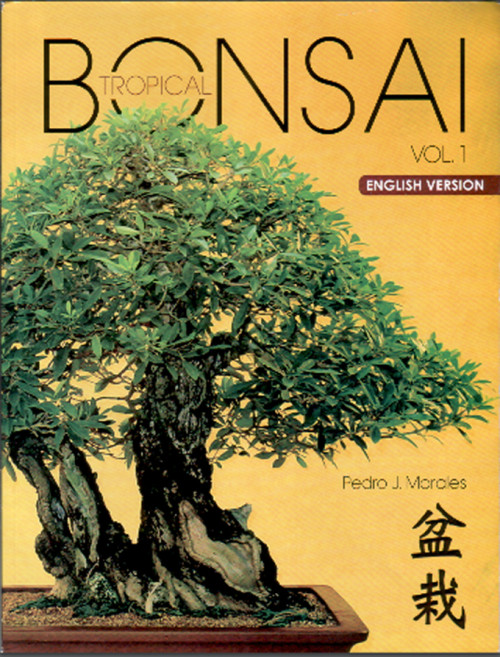
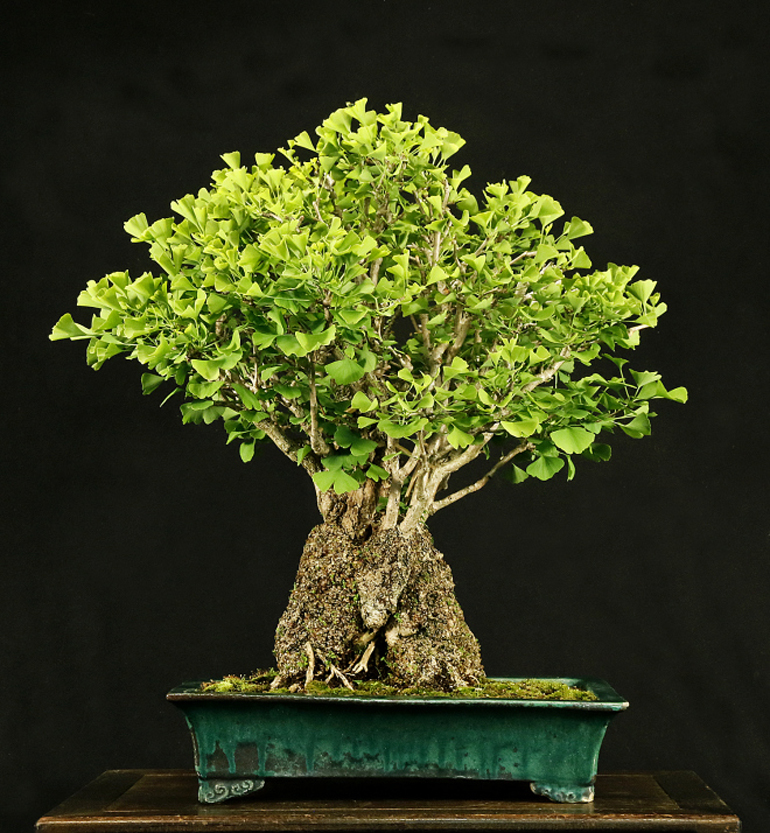
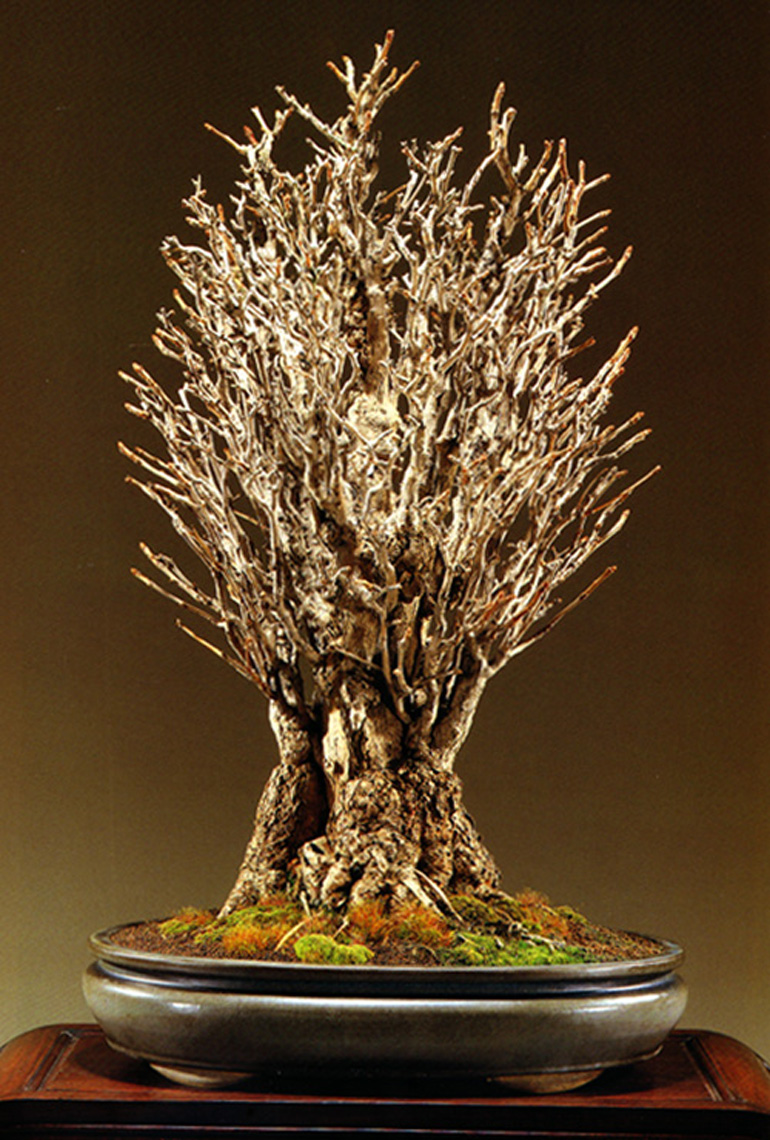 If the photo above is one of the best Ginkgo bonsai photos you've ever seen, then this one may be the very best you've ever seen. This remarkable Ginkgo is from Classic Bonsai of Japan (unfortunately, out of print). 50 years old, 33 inches (82cm).
If the photo above is one of the best Ginkgo bonsai photos you've ever seen, then this one may be the very best you've ever seen. This remarkable Ginkgo is from Classic Bonsai of Japan (unfortunately, out of print). 50 years old, 33 inches (82cm). 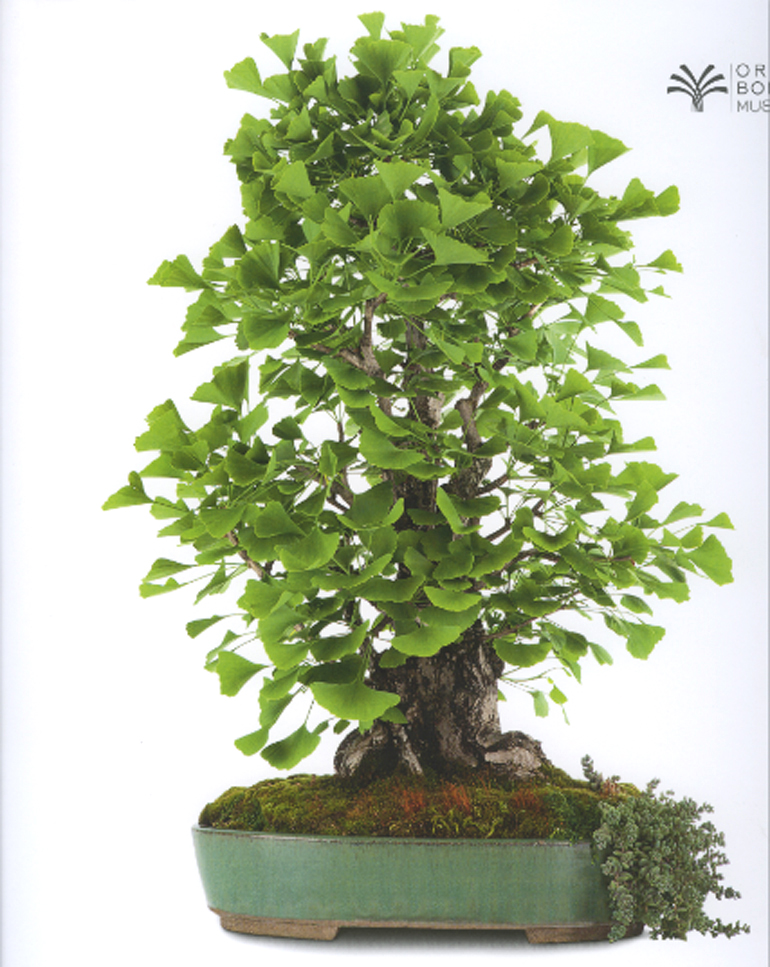
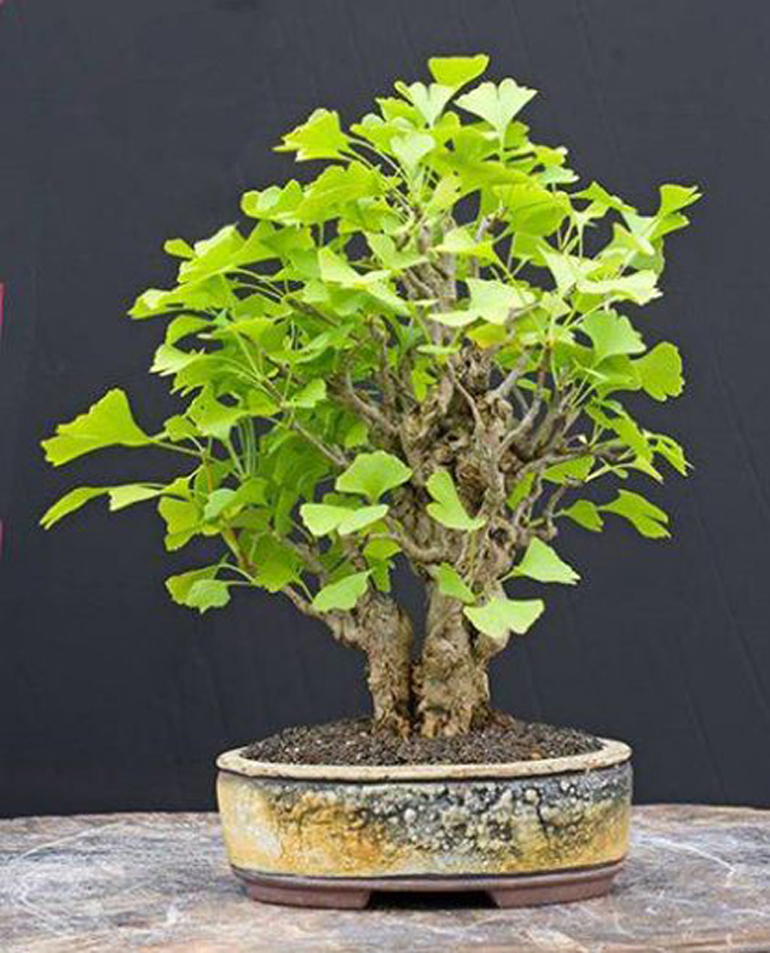
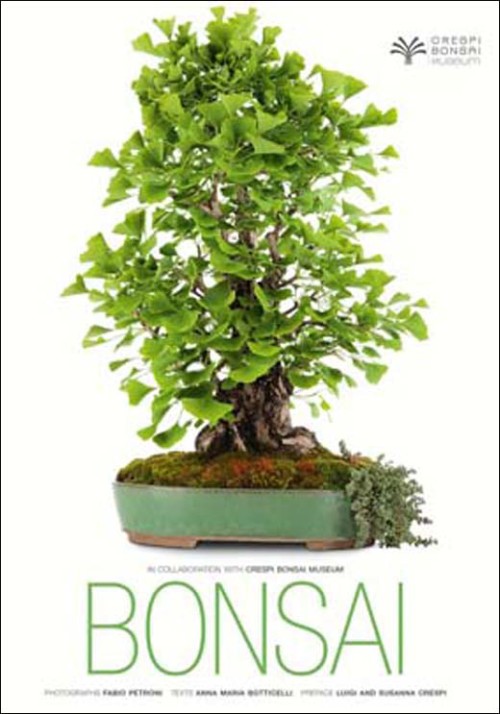


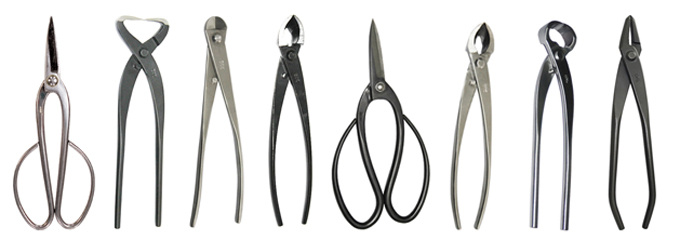
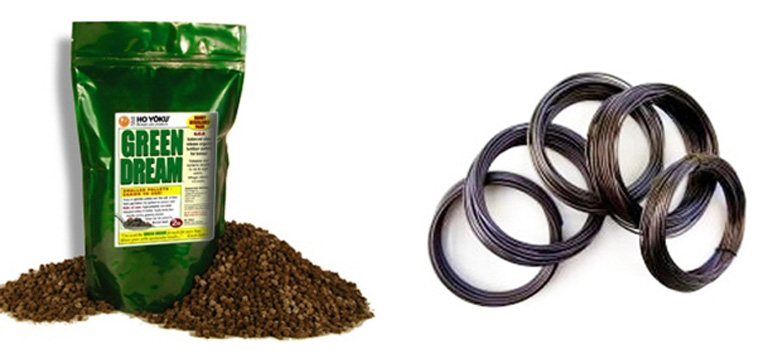


 Our Site Wide Sale covers everything including
Our Site Wide Sale covers everything including 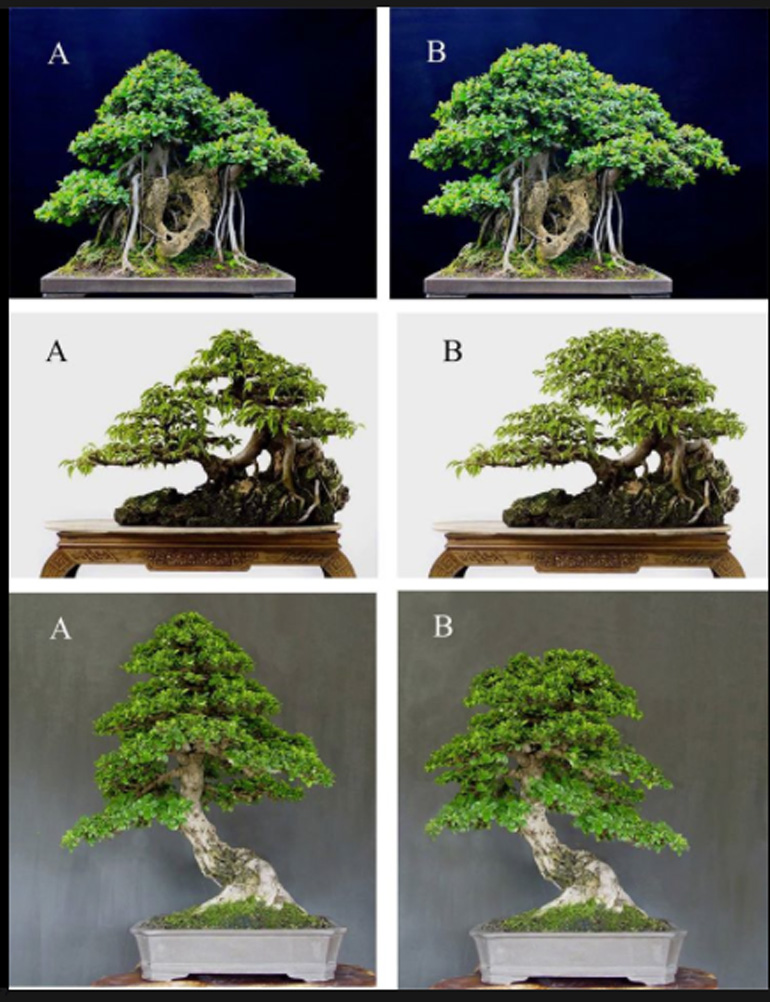
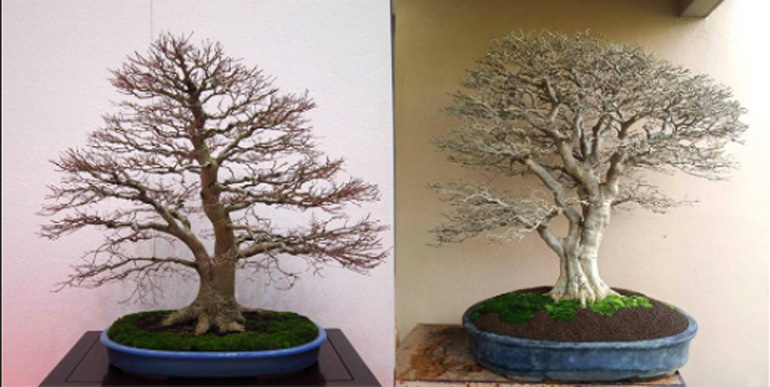 Two deciduous bonsai. The one on the left has a conifer shaped crown. The one on the right has a broad crown, more like what you find with most deciduous trees.
Two deciduous bonsai. The one on the left has a conifer shaped crown. The one on the right has a broad crown, more like what you find with most deciduous trees.